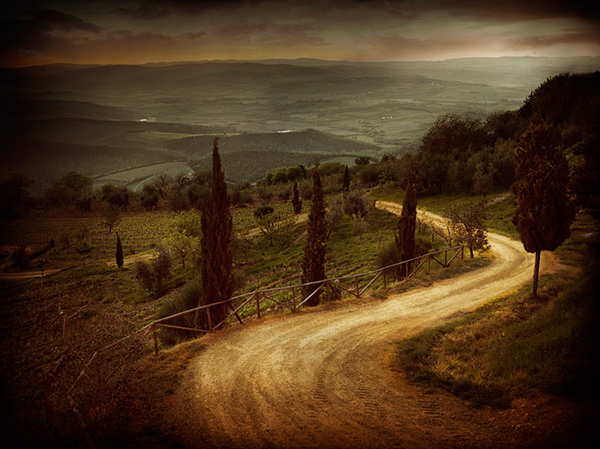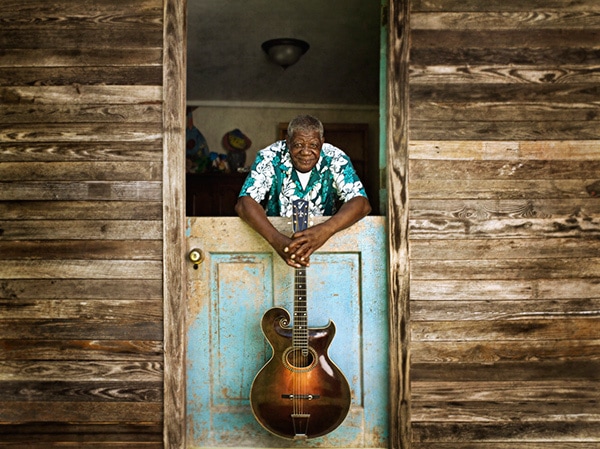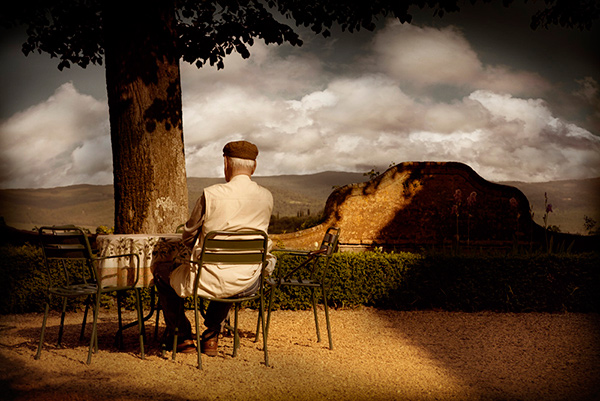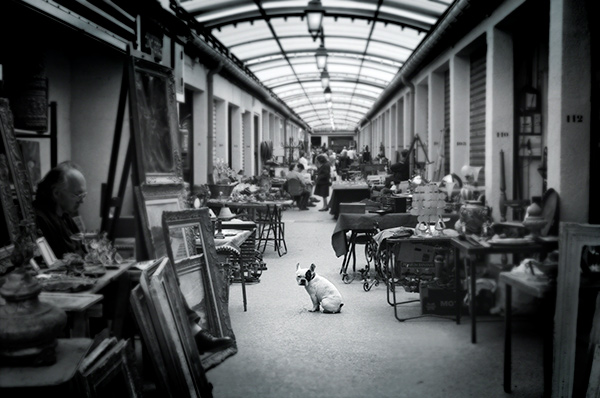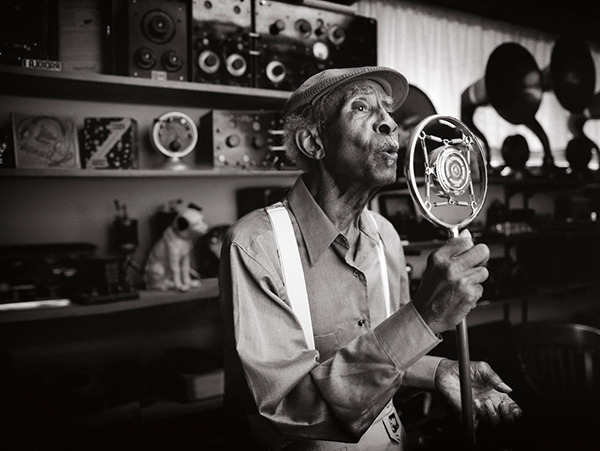Share
Selling Fine Art Photography Tip #1: Jimmy Williams on Building a Reputation by Starting Local
This is the first blog post in a series from our newest guide Selling Fine Art Photography. Download it here. North Carolina-based Jimmy Williams ...

This is the first blog post in a series from our newest guide Selling Fine Art Photography. Download it here.
North Carolina-based Jimmy Williams is a photographer of over 35 years and owner of JW Productions. Jimmy works closely with commercial clients in the hospitality, healthcare and travel industries, but in the past decade has expanded his collections to include fine art photography. Among a long list of accolades, Jimmy has been honored by the International Photography Awards and the International Spider Awards for his fine art work.
Looking back, Jimmy recalls rediscovering his love for fine art photography. “For almost 30 years, my finest photographs were hidden in the studio, buried in folders, forgotten by a busy schedule,” Jimmy said. “But about 10 years ago, I opened the file cabinet and dusted off the film. I liked what I saw and I decided it was time to invest some time in me and my personal fine art photography explorations.”
Jimmy’s exploration into fine art photography began slowly, as he reached out to expand his network. Partnering with a gallery in his hometown, Jimmy continued to strengthen his relationships within the local art community. Building a reputation and producing well-received fine art pieces, today Jimmy’s work is featured and available to buy in online and offline through galleries in Texas and New Mexico, as well as through his own fine art website.
Jimmy’s acclaimed fine art photographs include his “Music Makers” series, an ongoing collection which pays tribute to Southern musical traditions, as well as “Tuscany,” a series which showcases the region’s breathtaking landscapes. Stylistically, Jimmy strives to capture a timeless quality in each of his fine art photographs. And when done right, “this timelessness often manifests itself through the subject matter and the overall emotional story that unfolds in the photograph.”
When showcasing his work in galleries and exhibitions, Jimmy’s personal preference is to print his photographs on archival museum-quality watercolor paper. “For the majority of our fine art prints we use Hahnemuhle Museum Etching paper. The paper has a good weight and substantial feel to it.” And although his team used to outsource all mounting and framing, they now do everything in-house because it became more cost effective and efficient. Jimmy’s limited edition prints are also produced in-house in his studio so he can oversee every step.
Welcoming sales, Jimmy said that determining the quantity and price of these limited collection prints took a great deal of time and research on his end because there is no clear standard to mirror. Ultimately his decision was based on the combination of three factors: his art, its worth in today’s marketplace, and it’s perceived future value.
Through his personal online gallery, Jimmy’s fine art collections are released in a series of 25 limited edition prints ranging in price from $600 – $1500 and in size from 16”x20” to 30”x40”, with framing options available.
Jimmy’s fine art work is primarily sold through gallery representatives, traveling exhibits, and as a result of interest generated by the press and the larger art community. For online sales alone, Jimmy says sales are often low. “Right now, online selling is not our strongest channel for sales but it is invaluable as a research tool for our customers. Our buyers will often peruse our online gallery and then contact us to talk about the work and complete sales.”
Jimmy often promotes his work through gallery mailers, show exhibit mailers, and general art interest mailers. And with JW Production’s own growing list of contacts, Jimmy and his team also send emails to a very targeted list of potential buyers. “But hands down, the best marketing tool has proven to be third party – the press,” Jimmy says. “I’ve been very fortunate to have been featured in a number of articles and cover stories that have by far generated the most interest.”
Represented by two galleries in addition to his own, Jimmy enjoys these partnerships because just like photography, running a gallery is a labor of love. “My advice for pho- tographers is that when looking for a gallery to work with, make sure that the owner and curator is invested in your work for the long run, and they have a genuine interest in what you’re doing. They should also demonstrate a financial investment in marketing and advertising your work.”
Today, Jimmy believes that the challenges of selling and showcasing fine art photography is due to the country’s economic downturn and has shaken the fine art market as a whole. “But you overcome these challenges by standing firm by the worth of your limited edition prints and try to find creative ways to bring in supplemental income via alternative channels like publishing or creative image licensing,” Jimmy said.
When asked to define fine art photography—a definition often left up to personal interpretation—Jimmy believes that a piece of fine art photography must have a synergy composed of unique artistic vision, technical skill and subject matter. “When these three criteria come together, an emotional connection and message is clearly conveyed to an audience and that audience responds in kind. Fine art is a two-way conversation, and I believe my photos do just that.”
For more tips from fine art pros, download the Selling Fine Art Photography today!
